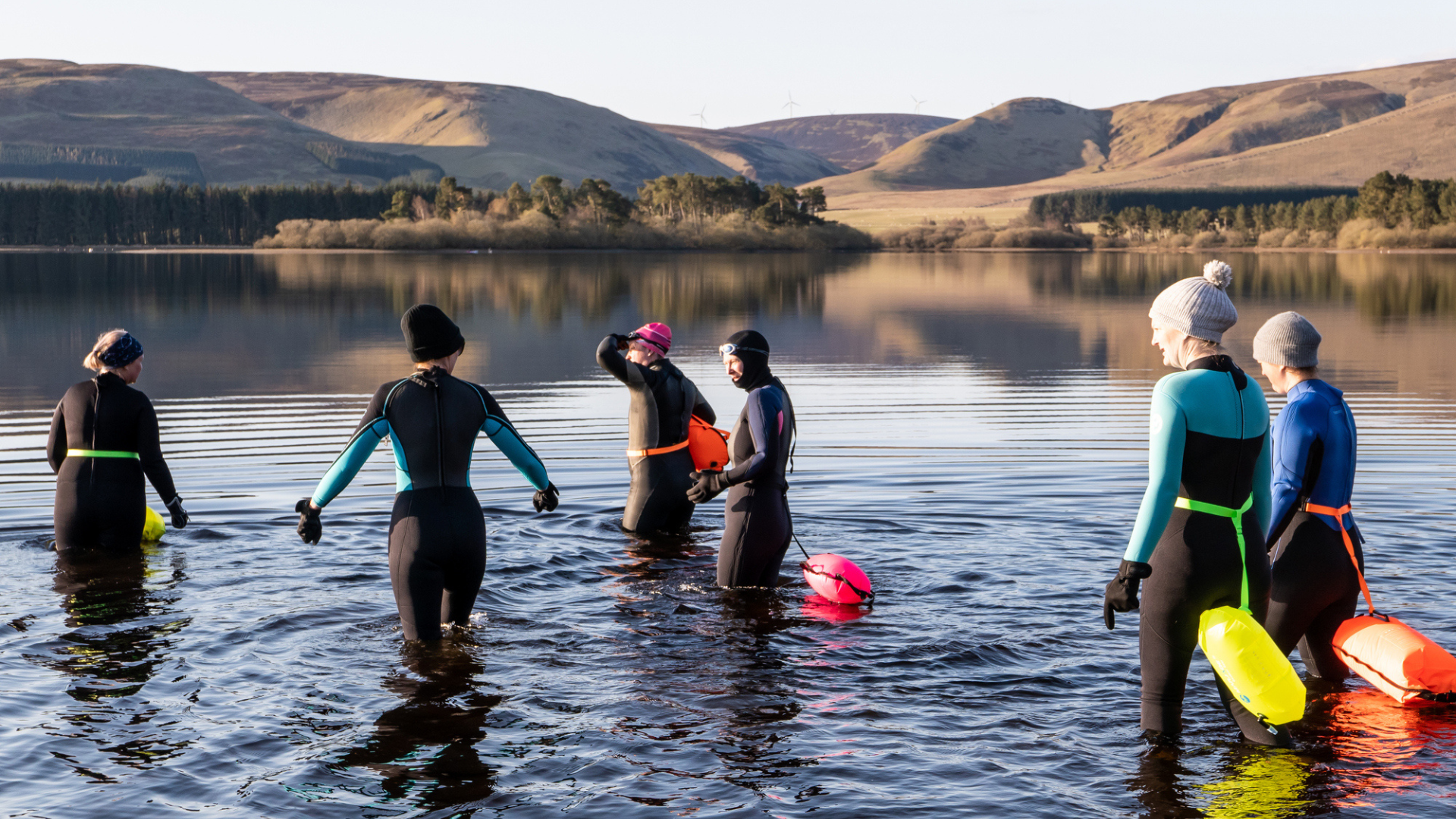Aluminum vs carbon fiber trekking poles
We size up aluminum vs carbon fiber trekking poles to help you choose the best support for long days on the trail

Hiking with trekking poles can be a great way to navigate across uneven terrain such as bogs and minimize your risk of falling, plus poles are a great way to take some of the pressure off your knees when you’re heading downhill. But do you go for the ultralight carbon fiber trekking poles with the whiplash-inducing price tag, or save money on a heavier pair of aluminum poles? And does it all just come down to cost, and weight or is there more to the matter? In this article we size up aluminum vs carbon fiber trekking poles to help you choose the best support for long days on the trail.

Aluminum vs carbon fiber trekking poles: weight
Carbon fiber is well-known for being extremely lightweight, which you’ll know if you’re a cyclist, and it is lighter than aluminum. However when it comes down to outdoor gear like trekking poles and tent pegs, it may not matter as much as you think. Among the trekking poles we’ve tested, we’ve found that the weight difference between carbon and aluminum poles is often only an ounce or two per pair, and probably comes as much to the other materials used in the hand grips as it does the poles themselves. You can even find superlight aluminum poles such as the Vango Basho. Generally speaking, carbon fiber trekking poles will be lighter, but how much is another matter.
That said, if you're looking at running poles for long distance fast-paced adventures, those extra ounces really might matter to you.

Aluminum vs carbon fiber trekking poles: cost
Carbon fiber trekking poles may be lighter, but as with most minimalist hiking gear that also means it comes with a bigger price tag. You can pick up aluminum trekking poles for under $30, though they can run more expensive than that, however for decent carbon trekking poles you’re probably looking at spending over $100.

Aluminum vs carbon fiber trekking poles: durability
Durability is a little hard to quantify here, but we’ll do our best. Carbon fiber has a higher strength-to-weight ratio than aluminum, it’s true, so it’s lauded for being incredibly light and strong, but that strength is only really in one direction. You can put a lot of weight on your poles and they should bear up well, but if you throw something heavy on top of them in the back of your car or take a tumble on sharp rocks, carbon fiber poles could shatter, especially if you get a cheaper pair. In this scenario, you wouldn’t be able to repair them. Aluminum, on the other hand, has a lower strength-to-weight ratio, so it’s more likely to bend, which is annoying, but it can be repaired. So carbon fiber is stronger in one direction, but more brittle, whereas aluminum is more likely to change shape, but you can fix it if it bends.

Aluminum vs carbon fiber trekking poles: stability and comfort
You might think that comfort in a trekking pole comes down to how the handles are designed, but the construction of the pole itself also matters. Because carbon fiber is so incredibly strong, it doesn’t tend to vibrate much when you’re using poles made of it. Aluminum poles aren’t as stiff, so they’re more prone to vibrating in your hands if they don't have built-in shock absorption, and that can get old when you’re out for a long walk on rocky terrain. However, pay a little more for good quality poles with shock absorption and this shouldn't be a huge issue.
| Header Cell - Column 0 | Aluminum trekking poles | Carbon fiber trekking poles |
|---|---|---|
| Weight | Heavier than carbon, usually by a couple of ounces per pair | As light as they come |
| Cost | More affordable | Expensive |
| Durability | Can bend if mistreated, but can be fixed | Very strong, but will shatter if mistreated, can't be fixed |
| Comfort | May vibrate without shock absorption | Very stable |
Aluminum vs carbon fiber trekking poles: the verdict
We think you can get good quality trekking poles made out of both aluminum and carbon fiber. If you’re planning on some really long walks, it’s definitely true that you might want to save on as much weight as possible and walk with stiffer carbon fiber trekking poles. However, if you’re on a budget, or you’re not always the most careful hiker when it comes to looking after your gear, get yourself a decent pair of aluminum poles and you should be able to rely on them for years to come. What we don’t advise is getting a cheaper pair of carbon poles, as these are more likely to shatter and cost you more in the long run.
Advnture Newsletter
All the latest inspiration, tips and guides to help you plan your next Advnture!
Julia Clarke is a staff writer for Advnture.com and the author of the book Restorative Yoga for Beginners. She loves to explore mountains on foot, bike, skis and belay and then recover on the the yoga mat. Julia graduated with a degree in journalism in 2004 and spent eight years working as a radio presenter in Kansas City, Vermont, Boston and New York City before discovering the joys of the Rocky Mountains. She then detoured west to Colorado and enjoyed 11 years teaching yoga in Vail before returning to her hometown of Glasgow, Scotland in 2020 to focus on family and writing.

